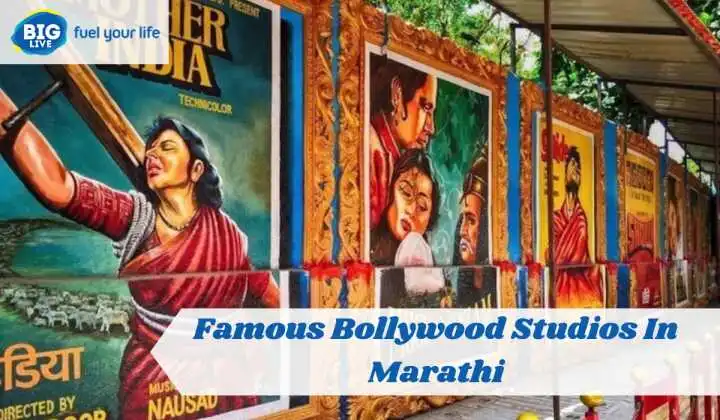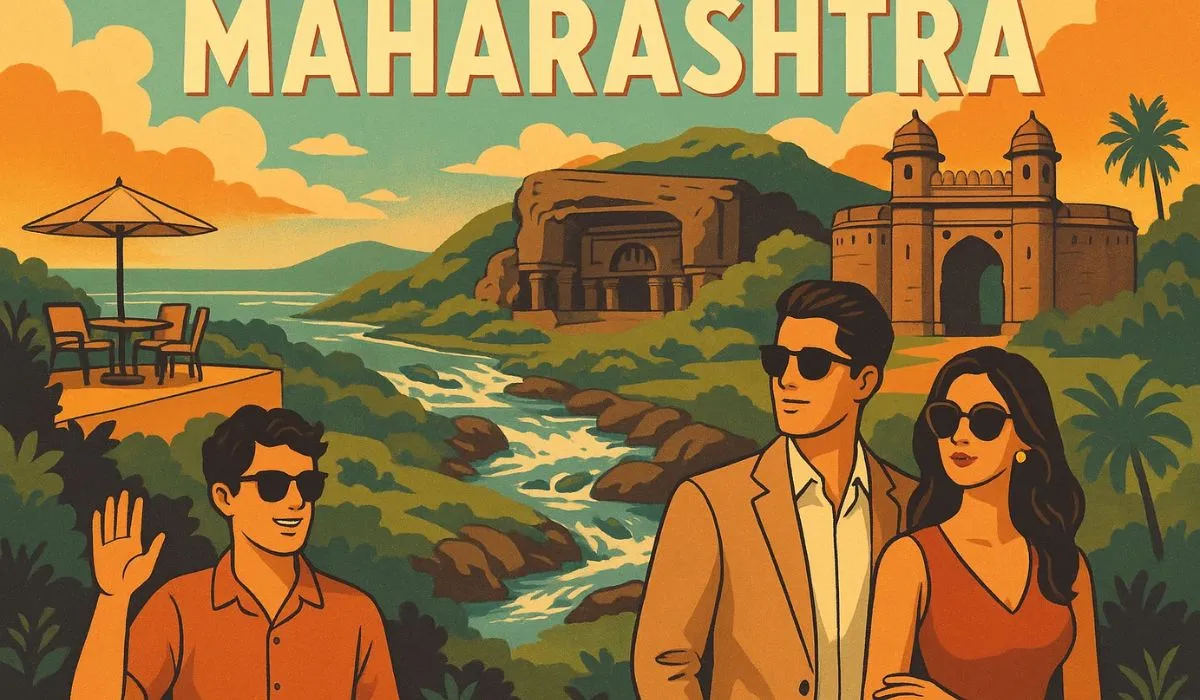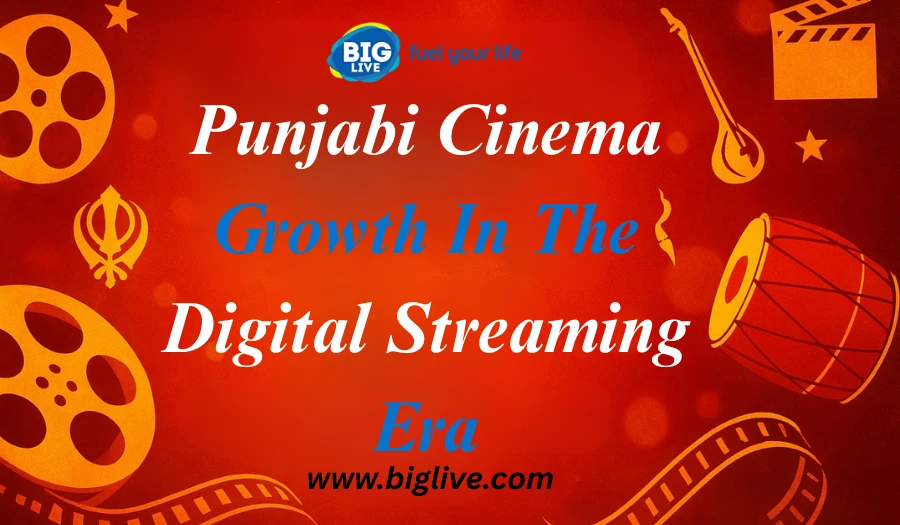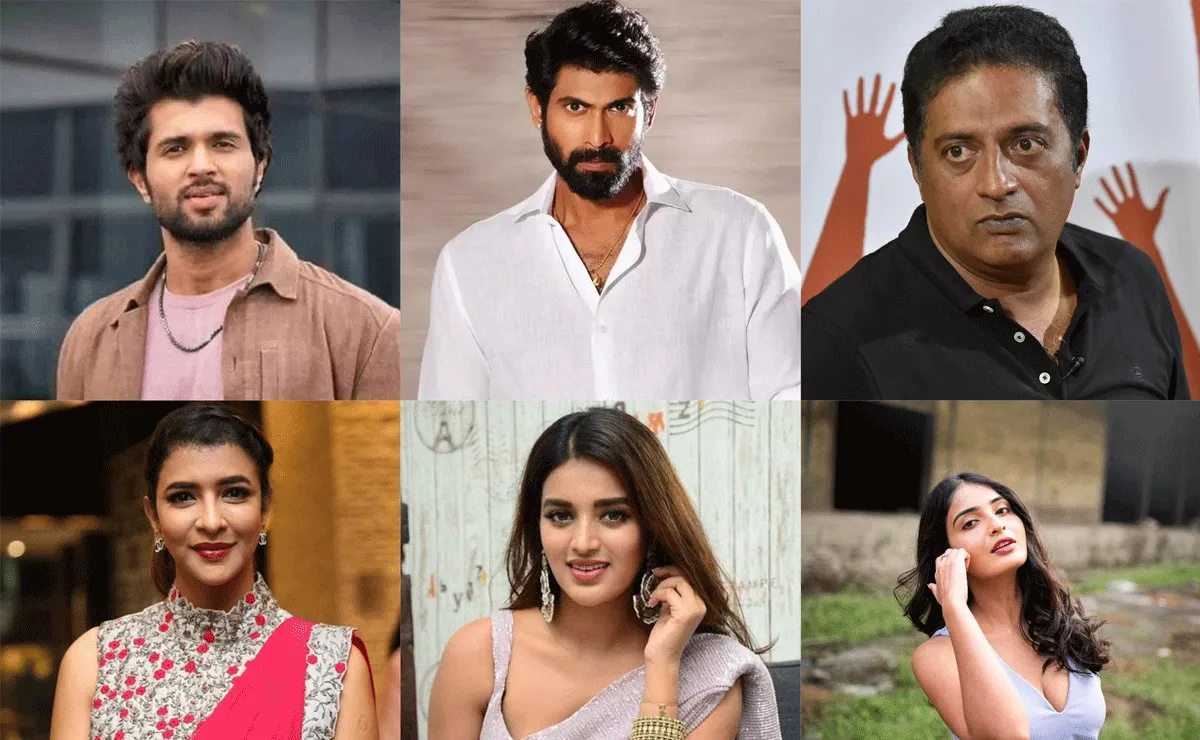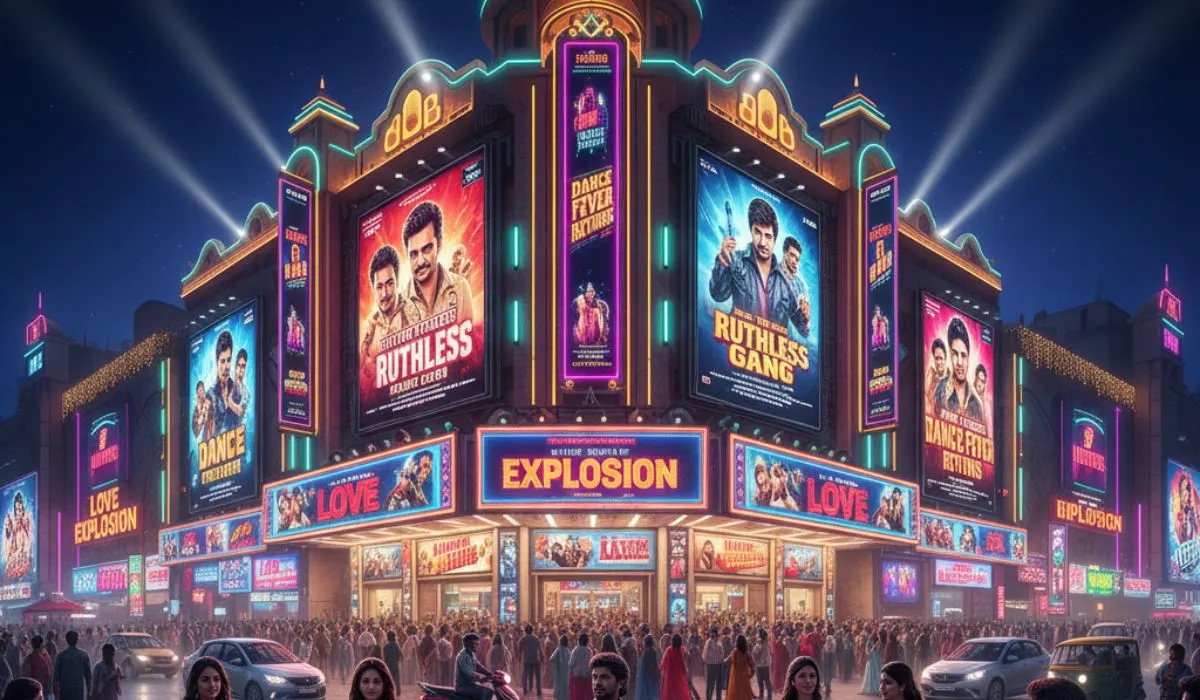It’s funny, how the real stars of Bollywood are rarely in the spotlight. They don’t wear makeup. They don’t walk red carpets. They don’t have fan clubs. But without them, there’s no Bollywood. We’re talking about studios. The spaces behind the scenes. The quiet giants of Maharashtra that have carried the weight of Indian cinema for generations. Places where actors grew up, directors lost sleep, and stories came to life from nothing more than a sketch on paper. Maharashtra has more than its fair share of famous film studios. From Mumbai’s chaotic film lanes to open air mega complexes tucked away on the city’s edges, this state is the heart of Indian film production. Here’s a closer, more personal look at the studios that built Bollywood.
Film City – Where Goregaon Hides a Hundred Films at Once
If you’ve spent any time near Goregaon East, you’ve probably passed it. You might not notice at first it’s tucked behind trees and looks almost too quiet. But inside, Film City is anything but quiet.
Formally called Dadasaheb Phalke Chitranagari, it is a cinema hub on its own. Built in the late 1970s, this studio complex covers over 500 acres. It’s got lakes. Forests. Fake buildings that look so real, even locals get fooled. Hospitals, police stations, courtrooms they’re all there.
Some days you’ll hear devotional songs from a mythological shoot. On others, a car crash scene will send smoke into the air. It’s chaotic, but also magical. No matter what’s trending on Netflix, Film City never runs out of stories to tell.
Mehboob Studios – Where Time Stands Still
There’s something unshakably poetic about Mehboob Studios. Tucked into a quiet stretch of Bandra, it doesn’t shout for attention. Founded by director Mehboob Khan in the 1950s, the space has aged with dignity. Its soundproof rooms still echo with dialogues from old black and white classics. But don’t mistake it for a relic. Fashion shoots, music launches, indie films they still happen here. It’s a place that balances legacy with utility. Somehow, Mehboob Studios makes even rehearsals feel nostalgic.
YRF Studios – Glamour Meets Precision
When you hear the name Yash Raj Films, your mind probably jumps to snow covered scenes and chiffon sarees. But behind that elegance is a studio so meticulous, it feels almost surgical. YRF Studios, founded in Andheri in 2005, is not large like Film City. But every square foot is used with purpose. From editing bays to sound design rooms, it’s a self-contained factory for dreams. Many of Bollywood’s modern hits Rab Ne Bana Di Jodi, Ek Tha Tiger, Pathaan were molded inside these very walls. It’s quiet here. Controlled. Elegant. Like the films it creates.
RK Studios
RK Studios will never fade from memory even if some of it has vanished. Built in Chembur in 1948, Raj Kapoor's vision grew to be a spiritual home for Hindi cinema in the years after. It gave rise to culturally significant films like Awara, Bobby, and Mera Naam Joker that were not just successful. A fire in 2017 damaged it, and parts were eventually sold. But the RK insignia the man with the violin still floats somewhere in the minds of cinephiles. You can’t erase something that helped define Bollywood’s soul.
Filmistan Studios – Always Busy, Rarely Loud
This one flies under the radar. Located in Goregaon, Filmistan has been around since the 1940s. Back then, it was a production house. Today, it’s more of a rental studio. But what it lacks in fame, it makes up for in foot traffic. TV shows, song shoots, web content you name it, it’s happening here. There’s a reason crews keep coming back: It works. It’s practical. No ego, no fuss. Just lights, cameras, and endless action.
Balaji Studios – The Soap Opera Powerhouse
Some stories aren’t written for the big screen. Some are built for living rooms, five nights a week. Balaji Studios, owned by Ekta Kapoor, is where Indian television went from slow burn to daily obsession. Located in Andheri, it’s the birthplace of Kyunki Saas Bhi Kabhi Bahu Thi, Kahaani Ghar Ghar Ki, and nearly every major soap in the early 2000s. It’s a different kind of film energy fast, continuous, ever-changing. The camera barely rests. The sets never sleep. This studio changed how India watched TV.
ND Studios – A Kingdom Built in Karjat
Sometimes, Mumbai gets too small for a film. That’s where ND Studios comes in.Away from the city clamor, art director Nitin Desai created this enormous area tucked away in Karjat. Think grand sets. Think open air. Think history recreated from scratch. It’s where Jodhaa Akbar was shot. Bigg Boss moved here too. And it’s still a favorite for filmmakers who want scale. You can build an entire palace here. Or a battlefield. Or both.
What Studios Really Do
It’s easy to think of studios as just space. Four walls. A few lights. But the truth? They’re mood makers. Scene setters. They hold space for tension, laughter, romance, even silence. They are the places where artists forget the world and step into another. Ask any light man who’s worked 20 years at Film City. He’ll tell you where Shah Rukh stood in ‘97, which tree they tied a swing on in Hum Aapke Hain Koun, and which room makes the best tea during monsoons. That kind of memory isn’t found in concrete. It’s in people. In sound. In smell.
Final Words
Maharashtra doesn’t just host Bollywood it builds it every single day. From the creaky wooden doors of Mehboob Studios to the steel and glass polish of YRF, each studio has its own heartbeat. Some are loud. Some whisper. But all of them matter. They’re not tourist spots. They’re working spaces. Homes to stories before they’re ever told. If Bollywood is a river, these studios are the springs. They may not win awards. But every award starts here.



